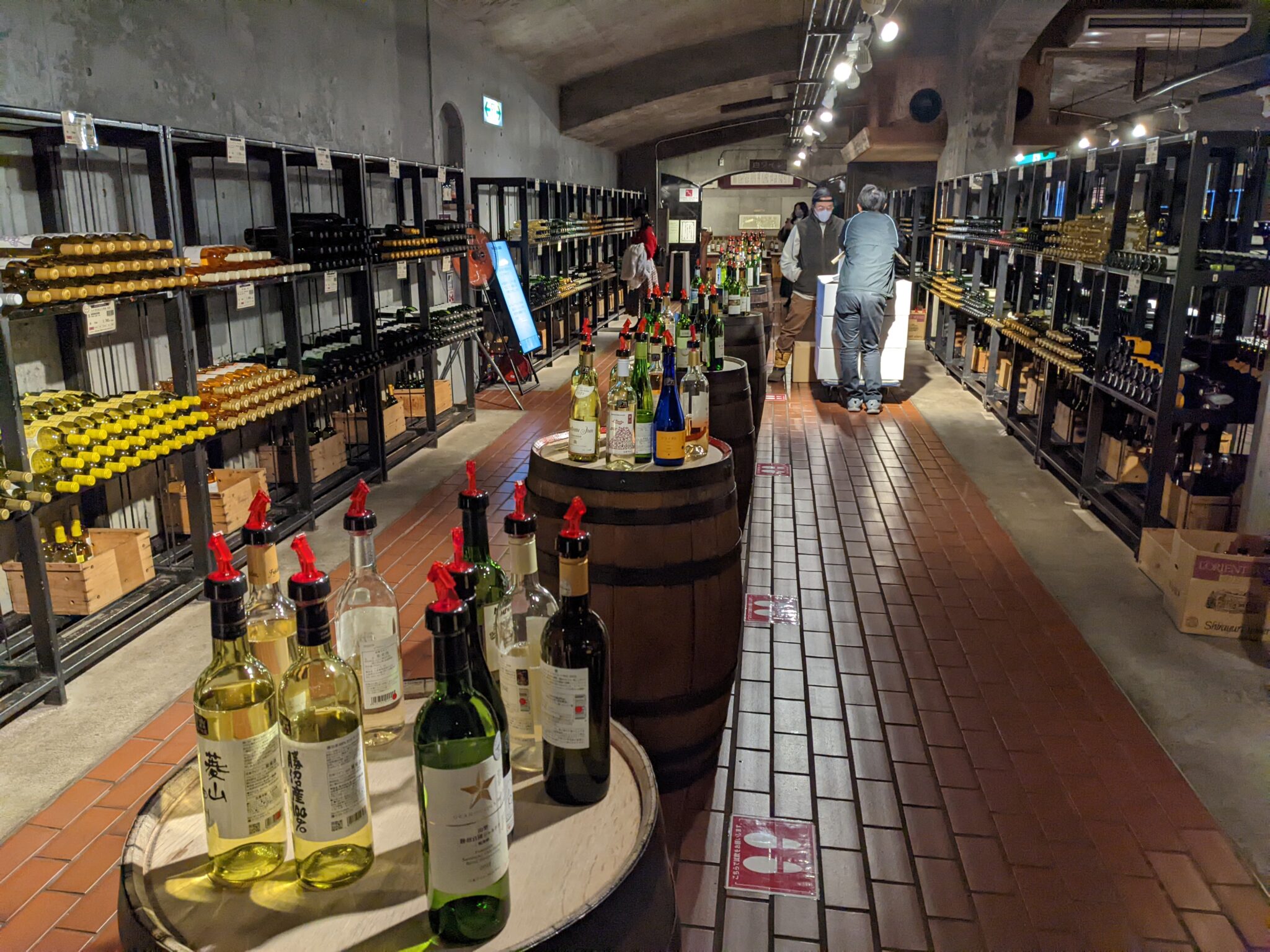My wife and I recently took an overnight trip to Yamanashi’s wine country, the area around the city of Katsunuma in the Kōfu district. It was my first visit to area, and really the introduction of my knowledge of Japanese wines. The area is just over an hour from Shinjuku by express train, with lots of things to do, especially for people that enjoy wine. There are some historic temples, onsen, and quite a few wineries, many within walking distance of each other, all with the majestic Japanese Alps off to the west. Unfortunately, most of the wineries were closed when we were there thanks to the Corona virus and it being the off season. During the busy season there is a winery bus that makes the rounds; it too was in a state of reduced service while we were there. Nonetheless, we were able to try a lot of different wines, and as much as we wanted to or could drink, at the Budou-no-oka (https://budounooka.com/) in Katsunuma for only about ¥1,500, plus the purchase of one bottle.
I have tried a few Japanese wines but am still admittedly quite unfamiliar with what there is. The Budou-no-oka offered a great way to learn firsthand about the local wines. In addition to a restaurant, hotel, wine and gift shop, and some beautiful views of the Japanese Alps, there is also a “wine cave,” a large hall down the stairs from the main gift shop with nearly 200 different bottles of wine open for tasting. The room is split in half, one side whites, the other reds, with the bottles further grouped by varietal and profile (dry or sweet, full bodied or thin, etc.), eight bottles of similar wines set on wine barrel tables. Unopened bottles of each wine are racked on the wall next to the open bottles.
I started off tasting some very young and weak white wines (young as in only two or three months old), quickly realizing that these were not what I was interested in. Halfway down the hall I started finding some wines I liked, and eventually found one group I really liked and repeatedly poured more. Then I did the same with the reds, taking some small sips of some very weak reds (Muscat Baileys, I believe) that tasted more like light roses before finding some more full-bodied wines that were quite good. After multiple repeated tastings of three reds and four or five whites I eventually settled on a bottle of Muscat Bailey A from Fujiclair Winery for under ¥2,000. All in all, it was a great way to start learning about Japanese wines.
On this trip to wine country my wife and I stayed at a nice onsen hotel near Enzan, one stop past the main winery area. I think in the future, though, that I might just go back for a day trip, perhaps to attend one of the many wine fests that are normally held in the region.
There will be a much longer and complete report coming soon. Cheers!
